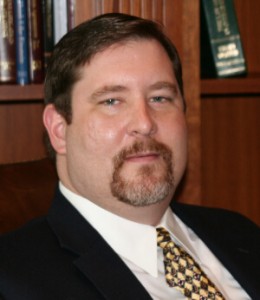USPTO Update: After Final, Software and Sequestration
 Recently there has been some interesting news coming from the USPTO…and about the USPTO budget, courtesy of AIPLA taking up the fight against sequestration with the Office of Management and Budget (OMB). What follows is a synopsis of events over the past week.
Recently there has been some interesting news coming from the USPTO…and about the USPTO budget, courtesy of AIPLA taking up the fight against sequestration with the Office of Management and Budget (OMB). What follows is a synopsis of events over the past week.
Addressing the RCE Problem
Last week, the United States Patent and Trademark Office (USPTO) announced in the Federal Register that it would modify the After Final Consideration Pilot Program (AFCP) to create an After Final Consideration Pilot Program 2.0 (AFCP 2.0). The goal of AFCP 2.0 is much the same as it was when the USPTO initially introduced the precursor AFCP. According to the USPTO, the goal of AFCP 2.0 is to reduce pendency by reducing the number of RCEs and encouraging increased collaboration between the applicant and the examiner to effectively advance the prosecution of the application. Thus, this can and should be viewed as part of the USPTO effort to continue to try and address the RCE problem. (more…)
New PTO Initiative Gives More Opportunities to Amend After Final
 Last week, the United States Patent and Trademark Office (USPTO) announced the start of the After Final Consideration Pilot, a new, internal pilot program geared toward advancing the goal of compact prosecution by allotting additional time to examiners to consider applicant submissions after final rejection. Gene Quinn, IPWatchdog author, Practice Center contributor, and PLI Patent Bar Review instructor, published an article discussing the After Final Consideration Pilot and how applicants may avail themselves of it.
Last week, the United States Patent and Trademark Office (USPTO) announced the start of the After Final Consideration Pilot, a new, internal pilot program geared toward advancing the goal of compact prosecution by allotting additional time to examiners to consider applicant submissions after final rejection. Gene Quinn, IPWatchdog author, Practice Center contributor, and PLI Patent Bar Review instructor, published an article discussing the After Final Consideration Pilot and how applicants may avail themselves of it.
Here is a brief excerpt from Gene Quinn’s article:
Over the past several months, including at the PLI Patent Law Institute and at the MIP Patent Forum in Washington, DC, last week, former Commissioner for Patents Bob Stoll took the blame for the growing RCE backlog. Those familiar with patent practice know that RCEs were previously placed at the front of the line in the patent examiner’s active work pile. Stoll changed this, placing RCEs on the new work docket, which effectively lengthened RCE consideration from several months to several years. This was done to expedite patent examiners picking up new cases, which worked, but came at the expense of what is now over an 85,000 case RCE backlog. In retrospect Stoll says moving RCEs was probably a mistake. It has taken the USPTO well over a year to do anything about this because of the need to negotiate with the union over additional examiner time and credit for dealing with After Final submissions in the pilot program.
“Compact prosecution is one of our top goals,” said Under Secretary of Commerce for Intellectual Property and Director of the USPTO, David Kappos. “The AFCP pilot will allow some additional flexibility for applicants and examiners to work together in after final situations to move applications toward allowance.”
To read the article in its entirety, please visit IPWatchdog.com.
04.9.12 | America Invents Act, posts, USPTO | Mark Dighton


No Comments
05.22.13 | patent eligibility, Patent Issues, posts, software patents | Gene Quinn